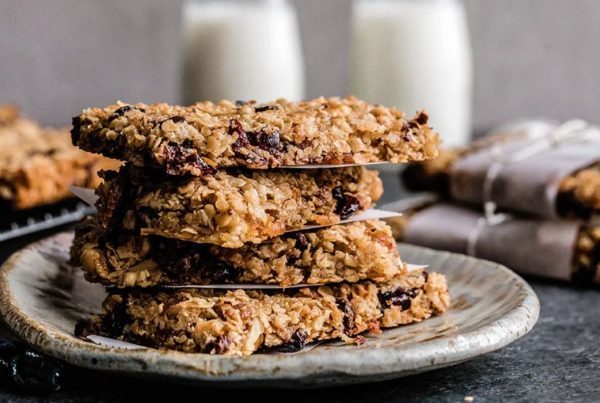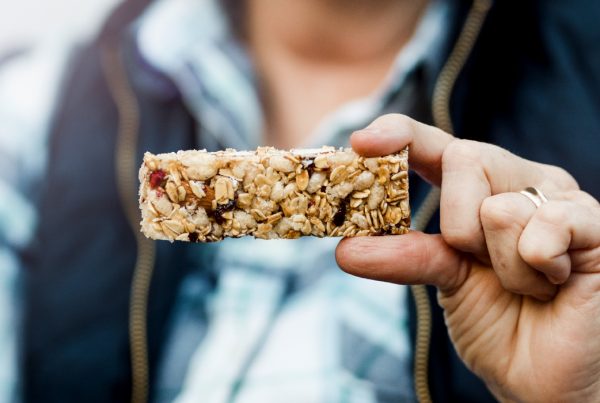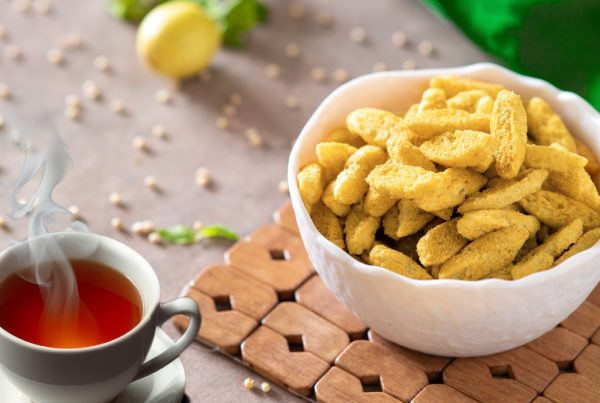Millets are the oldest grain and have gained a lot of popularity since people have started understanding the importance of millets in daily life. With more people going gluten-free for weight loss, millets are back in the limelight and the use of millet has increased.
Along with this, the initiative of declaring 2023, the ‘International Millet Year ‘ has increased the awareness about millets nutrition and the importance of including millets in their daily meals.
Did you know the nutrition content of millet is so high, that it has the potential to prevent diseases? The humble millets that are easily available at the local grocery store have the potential of keeping lifestyle diseases at bay. They can help manage the illness for those who are already suffering from it.
Millets for Lifestyle diseases
With lifestyle disorders diseases, like diabetes, PCOS, insulin resistance, thyroid, and Hashimoto the major thing to keep in mind are diet and physical activity, along with mental and cognitive aspects. Having a holistic approach towards a healthy lifestyle is a must. Millets help manage these diseases well. For example, the most common lifestyle disorder these days is diabetes. Studies show that millets are the right choice for diabetic people, as they have a low glycemic index (GI), so they release blood sugar slowly. It’s high in fiber and helps in weight loss and lowers cholesterol too. Diabetic patients are encouraged to include millets in their diet.
Why are millet the right choice for diabetes :
Millets are like whole grain, it has a layer of bran and germ. Their layer isn’t striped to turn it into refined flour, so it is a whole grain and whole grain takes longer to digest, so it releases sugar slowly in the blood. Millets help keep blood sugar steady and prevent spikes after meals. A recent study has shown people with type 2 diabetes who include foxtail millet in their meals have seen remarkable health benefits. Foxtail millets helped lower blood sugar, insulin, triglyceride levels, and cholesterol. Diabetes can be managed without compromising on your favorite foods, but nutritionally balancing the meals which help maintain blood sugar levels. Millets are high in protein and it facilitates insulin sensitivity. This makes millets diabetes-friendly.Having millet based meals regularly helps in the long term too. Millets have complex carbs, which give satiety and the slow release of sugar keeps you full for a longer time, helping in weight loss too.
Top 5 millets for diabetes :
- Foxtail Millet – A recent study showed, people with type 2 diabetes, when consuming a special diet of foxtail millets, have displayed lower levels of blood sugar and triglycerides.
- Finger Millet – Helps raise blood sugar slowly. It’s high in fiber and has low GI. It has alpha-amylases inhibition properties which help in reducing starch digestibility and absorption in the body.
- Barnyard Millet: Barnyard millet meals have a good effect on blood glucose and serum lipid levels.
- Pearl Millet: Ragi is known to increase insulin sensitivity and lower triglycerides and help control diabetes as it has high fiber that gets digested slowly and releases blood sugar levels slowly as compared to rice and other grains.
Here is simple diabetic friendly millet recipes :
Foxtail millet bowl :
Ingredients:
- 1 cup Foxtail millet
- ½ cup Moong dal split
- 1-2 Green chilies
- 1 finely chopped onion
- 1 finely chopped carrot
- 1 finely chopped bell pepper
- ½ cup beans
- 1/2 cup boiled green peas
- 1 tsp Pepper and cumin seeds
- Curry leaves
- 1 tsp coconut Oil
- Salt to taste
- Coconut flakes to garnish
Method of Preparation:
- Soak millet and dal for 15 mins and pressure cook.
- In a pan, heat some oil and add cumin seeds, add veggies and stir until cooked. Do not overcook and keep the crunch of veggies to add more texture to the upma.
- Once veggies are sauteed, add dal and foxtail mix. Add the green chili, salt, and pepper.
- Mix well and garnish with coconut flakes and some pomegranate.
Try this recipe, it’s diabetes-friendly, high in fiber, loaded with vitamins, minerals, and antioxidants, and keeps you full for a longer time.
Take away :
Millets are the best pick for diabetes patients and regular use of millet in daily meals helps keep diabetes in check. Millets which were otherwise known as the ‘Poor man’s grain’, is now renamed as ‘ nutri-cereals.’







